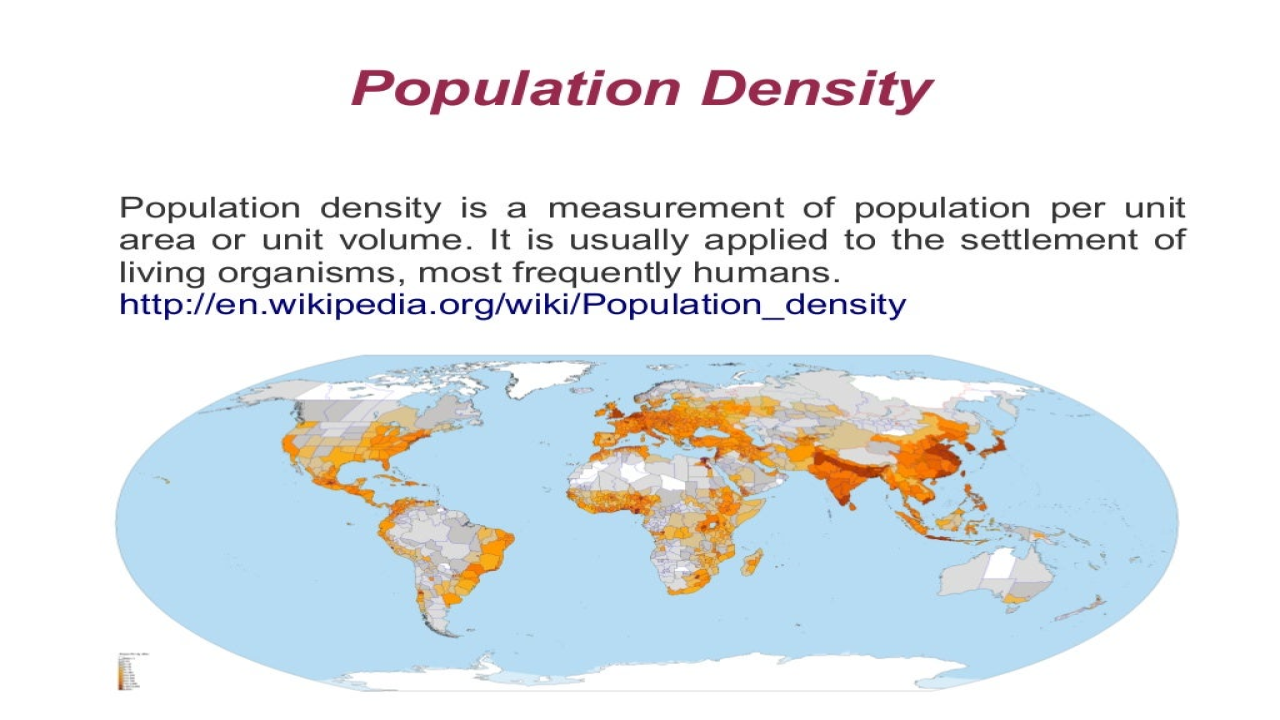Population and Settlement Geography
Population and settlement geography is a branch of geography that focuses on the study of human populations and their settlement patterns. It explores the relationship between population dynamics and the physical, social, and economic environment.
Meaning of Population and Settlement Geography
Population and settlement geography is concerned with the distribution, composition, and characteristics of human populations. It also examines the spatial patterns of human settlements, such as urbanization, rural-urban migration, and suburbanization. Population and settlement geography seeks to understand the factors that influence population distribution and settlement patterns.
History of Population and Settlement Geography
The study of population and settlement geography can be traced back to the 19th century, when geographers began to study the distribution and characteristics of human populations. In the early 20th century, the focus of population geography shifted towards demographic analysis, with a focus on fertility, mortality, and migration. The post-World War II period saw the development of theories of urbanization and suburbanization, leading to the growth of urban geography and regional science.
Types of Population and Settlement Geography
Population and settlement geography can be classified into several types, including:
- Demographic Geography: This type of population and settlement geography focuses on the analysis of population structure, composition, and distribution. Demographic geography examines factors such as fertility, mortality, migration, and population growth.
- Urban Geography: This type of population and settlement geography focuses on the study of urban areas, including their morphology, functions, and spatial organization. Urban geography examines factors such as urbanization, suburbanization, and urban sprawl.
- Rural Geography: This type of population and settlement geography focuses on the study of rural areas, including their spatial organization, economic activities, and social structure. Rural geography examines factors such as agriculture, land use, and rural development.
Examples of Population and Settlement Geography
Here are some examples of population and settlement geography:
- Demographic Geography: The analysis of population structure and composition in different countries is an example of demographic geography. For example, the study of the aging population in Japan or the youth population in Africa.
- Urban Geography: The study of urbanization and suburbanization in different cities is an example of urban geography. For example, the analysis of the growth of megacities such as Tokyo, New York, or Shanghai.
- Rural Geography: The analysis of agricultural practices and land use in different regions is an example of rural geography. For example, the study of the impact of climate change on agriculture in sub-Saharan Africa or the impact of monoculture on soil fertility in Latin America.
Issues with Population and Settlement Geography
Despite the importance of population and settlement geography, there are several issues associated with the field, including:
- Data Availability: The availability of reliable and accurate data is a challenge for population and settlement geography. Data collection can be expensive and time-consuming, especially in developing countries.
- Ethics and Privacy: The collection and analysis of demographic data raise ethical concerns, such as privacy and confidentiality. The use of personal data can also lead to discrimination and social exclusion.
- Political and Economic Context: The study of population and settlement geography is influenced by political and economic factors. Political instability, corruption, and economic inequality can affect population dynamics and settlement patterns.
- Environmental Concerns: Population and settlement geography can have a negative impact on the environment, such as urbanization, deforestation, and climate change. The study of population and settlement geography should consider the impact of human activities on the environment.


